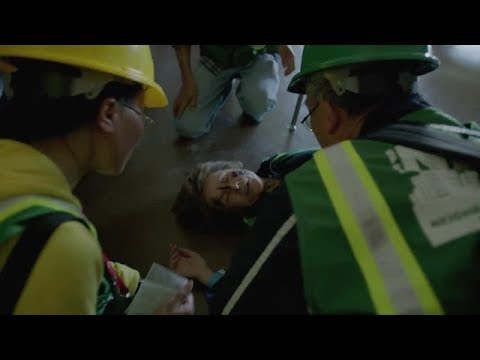C.E.R.T. what it is and why we need you to join it

The CERT concept was developed and implemented by the Los Angeles City Fire Department in 1985. The Whittier Narrows earthquake in 1987 underscored the area-wide threat of a major disaster in California. Further, it confirmed the need for training civilians to meet their immediate needs.
CERT became a national program in 1993. There are now CERT programs in all 50 states, including many tribal nations and U.S. territories. Each is unique to its community and all are essential to building a Culture of Preparedness in the United States. There are more than 3,200 local CERT programs nationwide and more than 600,000 people have trained since CERT became a national program.
The Community Emergency Response Team (CERT) educates volunteers about disaster preparedness for the hazards that may occur where they live.
CERT trains volunteers in basic disaster response skills, such as:
Fire safety Light search and rescue Team organization Disaster medical operations The CERT program offers a consistent, nationwide approach to volunteer training and organization that professional responders can rely on during disaster situations, allowing them to focus on more complex tasks.
In addition to the main CERT program, CERT offers programs customized for teens, as well as for workplace and campus-specific situations.
In the Workplace:
A Workplace CERT program can support and enhance existing capabilities, and CERT volunteers can participate in efforts to increase the preparedness and resilience of the workplace and community.
On College Campuses:
A Campus CERT program can support and enhance existing capabilities and CERT volunteers can participate in efforts to increase the preparedness and resilience of the on-campus community.
D.H.S. has also make a short video to help explain the program better
